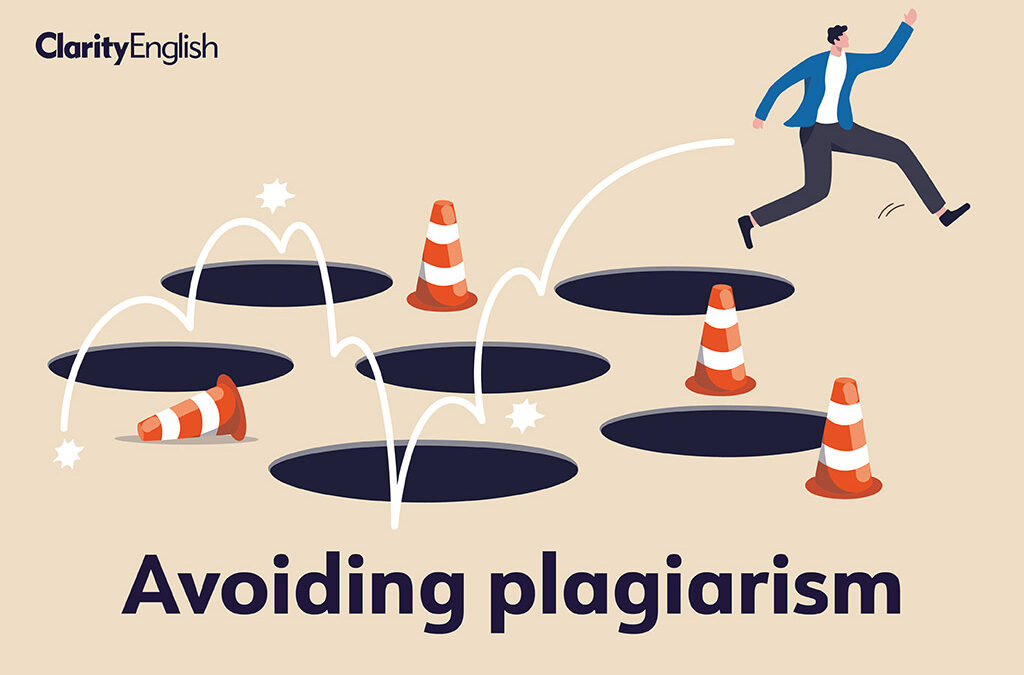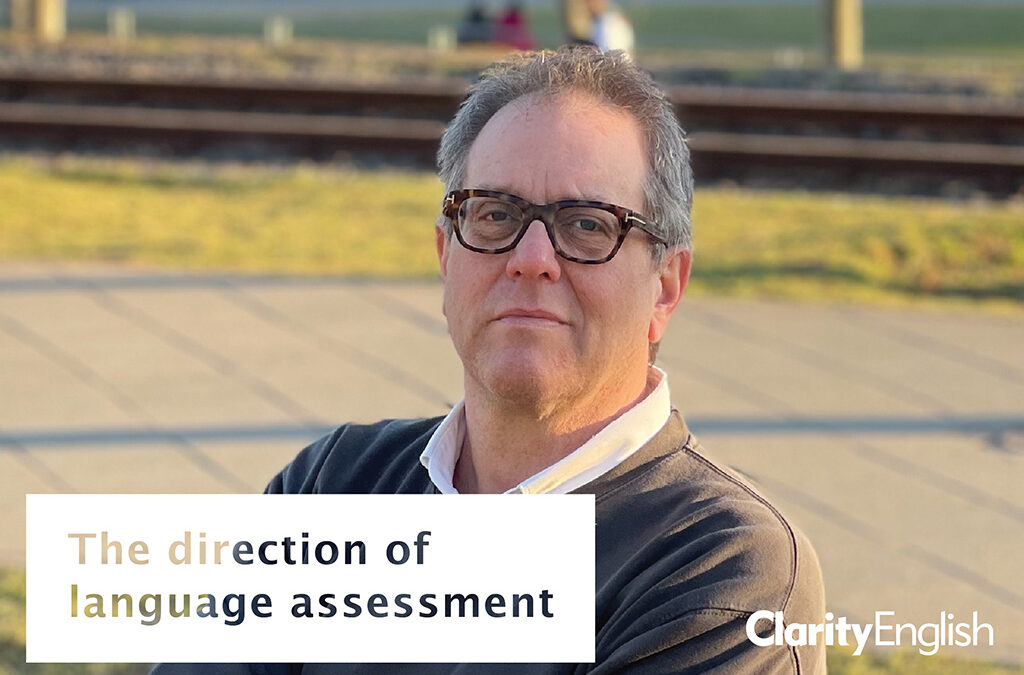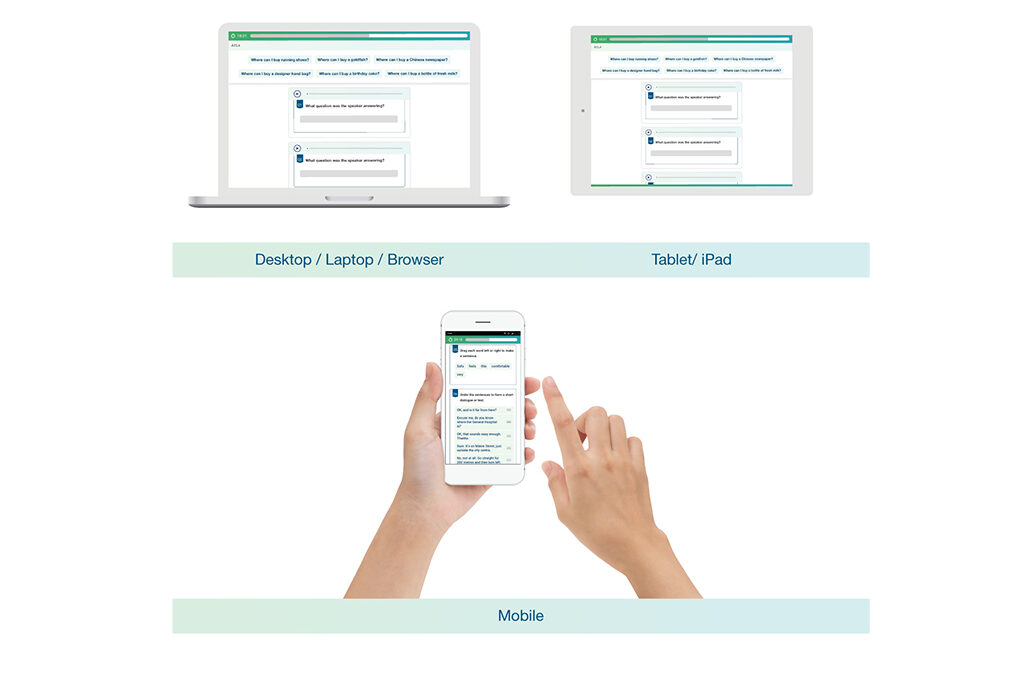Andrew Stokes takes a look at how Study Skills Success can help students avoid plagiarism.


Andrew Stokes takes a look at how Study Skills Success can help students avoid plagiarism.

Unprotected licences might be the reason why your students are locked out of the programs you purchased for them. Here is how to avoid that.

This series uncovers ideas and activities from British Council IELTS teaching centres around the world. Read on for three ideas from British Council Hong Kong.

If you’re looking for pronunciation models for your classroom, why not try these three websites?

A placement test score should be a fair representation of a candidate’s ability, not their cultural knowledge. Here are four steps test designers can take to ensure that.

Sean McDonald of telc catches up with Adrian Raper at the IATEFL Conference in Glasgow. He discusses his philosophy of testing, and the steady move from paper-based exams towards digital language assessment.

'We like your online placement test,' said the teacher at Taiwan’s Asia University, 'but with 1,000 freshers and only 20 computers, we’d be halfway through the first semester before we could even sort out our classes.' Placement tests are a chore. In most schools they...

The Common European Framework of Reference for Languages (CEFR) was originally developed for Europe, but the ‘can do’ statements have global application. After all, the ability to ‘understand simple technical information, such as operating instructions for everyday...

At a recent gathering of librarians in Melbourne, an interesting discussion sprung up about the advantages and disadvantages of providing digital resources for library patrons. Andrew Stokes gives a summary.

Elinor Stokes of Atlas English reviews the new version of Active Reading. The whole of Active Reading is available, free of charge, till 30 November 2019.
All the main browser suppliers have stated that web page content using Adobe’s Flash Player (Flash) will be supported until the end of 2020. But the ease with which Flash can be enabled is changing, and a few ClarityEnglish programs still rely on Flash — so this is a current status report.

In this article, published in the EL Gazette May/June 2019 issue, Elinor Stokes talks to Melaine Butler about her life in a digital ELT family.

In this article, first published in the EL Gazette, Andrew Stokes explains how the current approach to student recruitment often fails both the student and the university.
The page you requested could not be found. Try refining your search, or use the navigation above to locate the post.